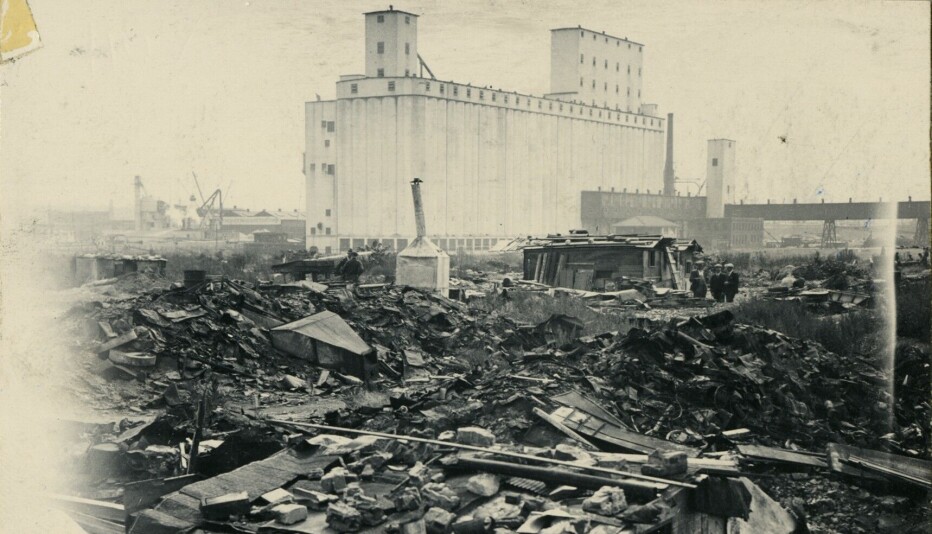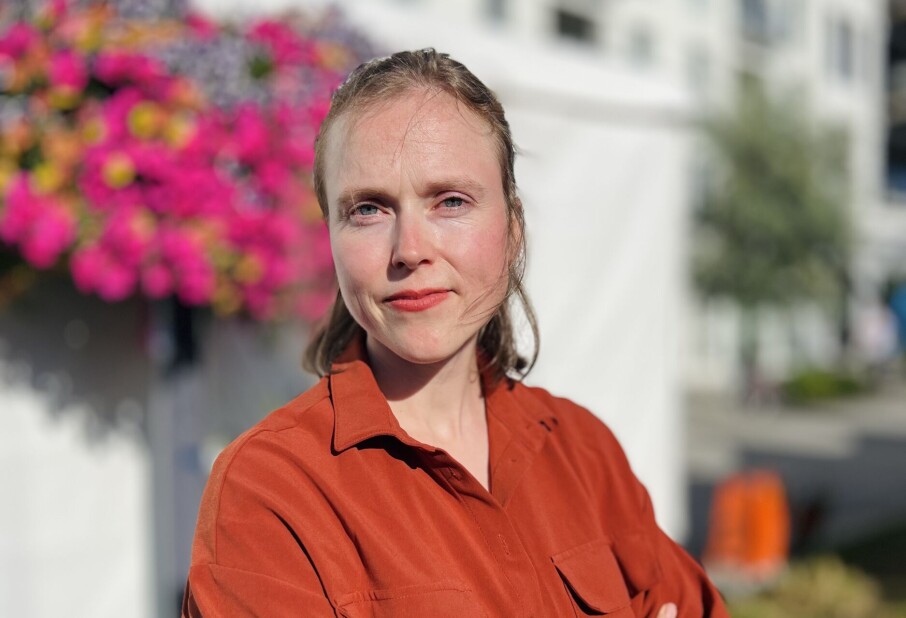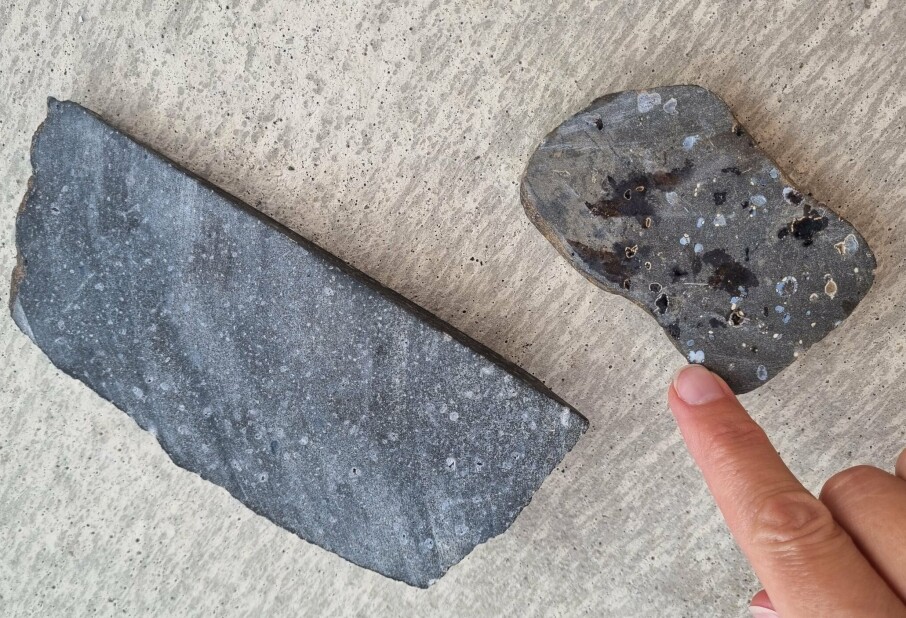THIS CONTENT IS BROUGHT TO YOU BY NTNU Norwegian University of Science and Technology - read more
Researchers are making it easier to recycle your house
It's now possible to gain an extensive overview of the materials in our homes. This could be an important step towards a more circular economy.
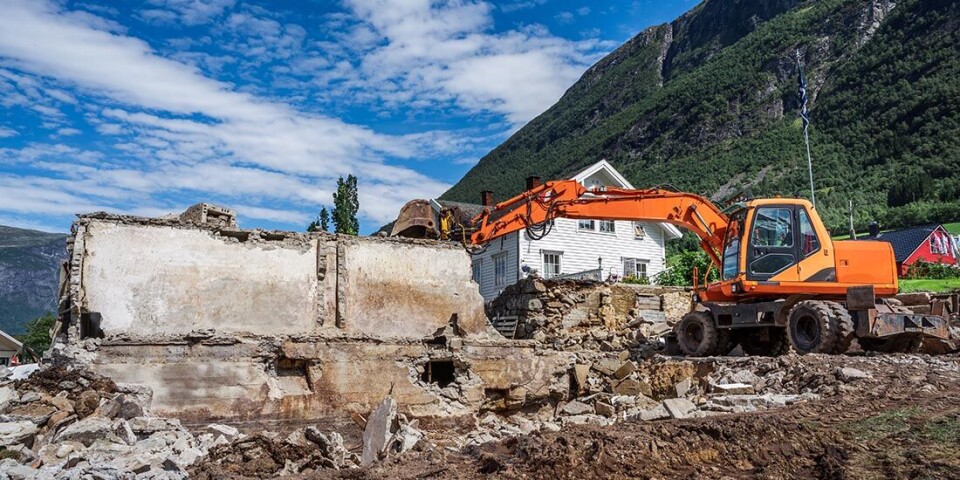
On average, about 1,100 detached houses are demolished annually in Norway, according to Statistics Norway.
Only seven per cent of the wood from these buildings was recycled.
This is far too little, says PhD research fellow at NTNU, Georgios Triantafyllidis.

“Currently, the construction sector consumes a lot of raw materials and also generates large amounts of waste. This not only makes the industry a major consumer of new natural resources, but also one of the largest sources of global CO₂ emissions,” the researcher explains.
If we continue as before, the impact on climate and environment will only increase as more and more buildings are renovated and upgraded.
“However, if we improve our reuse of building materials, these figures could look quite different,” he says.
Extremely limited knowledge
He has therefore developed a model with with Professor Lizhen Huang and other colleagues at NTNU.
The model makes it easier to categorise and calculate the amount of building materials available for reuse in our homes.
“If we're to transition to a more circular economy, we must first gain an overview of how much material is actually available and what its quality is. We currently know very little about this, especially when it comes to buildings,” says Huang.
Don’t judge a book by its cover
It's possible to analyse the composition of materials and calculate the quantities manually. But this is very costly and time-consuming – especially when mapping entire cities.
One proposed solution has therefore been to use 3D scanning technology and machine learning. It automates much of the process, but also comes with its own set of challenges.
“There's already commercially available technology that can scan a building and create a 3D representation of it. The problem is that these types of representations only provide information about what's visible from the outside. They don't reveal anything about the materials hidden behind, and even less about their condition or the quantities involved,” explains Huang.
Such tools also often misinterpret the data, adds Triantafyllidis.
“Since the approach uses visual data, problems often arise when something appears to be made of a certain material but is actually made of something completely different," he says.
In practice, this means there is no reliable way to conduct large-scale mapping of the materials present in existing buildings.
That's why the researchers developed their own method.
Fragments become an advanced model
The method developed by the NTNU researchers is based on Building Information Modelling (BIM).
It's a process in which digital 3D models of buildings are created. These models often include many additional details. For example, about the dimensions and quality of the materials used, as well as associated technical installations.
The advantages of having one common model that all involved parties can relate to have made BIM an established standard in major construction projects.
But since BIM is relatively new, such models do not exist for most of the existing building stock.
The researchers therefore wondered whether it would be possible to use architectural and floor plans, technical specifications, land registries, regulations, photographic material, and other available information to automate the process of creating it.
That would be a solution that saves both time and money, explains Triantafyllidis.
“Instead of relying on expensive equipment and a range of experts and specialists, our method is based on information that already exists. Individually, this information may not be very valuable – a building regulation here, an architectural drawing there – but when we put the pieces of the puzzle together, a picture suddenly emerges that's far more comprehensive,” he says.
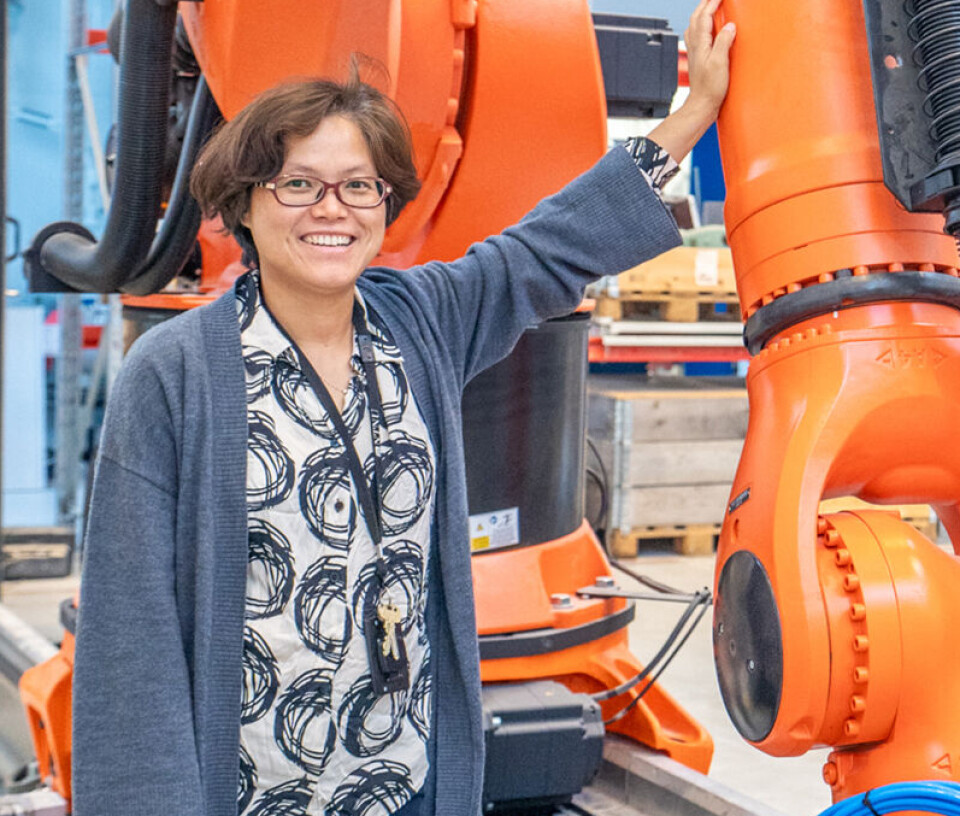
95 per cent accurate
Could they manage to calculate the amount of materials in a building with this method? The researchers started out with a fairly typical Norwegian detached house from the 1980s, with a ground area of 140 square metres.
First, they manually created a calibration model of the building type. They then fed the model with all the available information they could find. The BIM model then automatically took shape based on the data.
The researchers soon ended up with a much more detailed model of the house.
The experiment showed that the method was capable of calculating the quantities of material present in the exterior walls and roof with an accuracy of 95 per cent.
Nevertheless, the researchers emphasise that more experiments are needed to confirm the model’s accuracy with certainty.
But one thing is clear: the results are promising.
“Since it's easy to adapt and based on data available for virtually all buildings, the method can also be easily scaled up if needed,” says Triantafyllidis.
Renovation updates
Now the researchers want to make the method even better and more applicable. One way could be to include information directly from homeowners.
Many Norwegian homes have been significantly altered since they were built, but not all changes have been registered. Since their method is largely based on publicly available documentation, this can lead to inaccuracies.
“Renovation can involve everything from minor cosmetic changes to major structural interventions. In many cases, it will not make a difference. But let us say that major interior walls are demolished – the quantities of material could then change without our method necessarily detecting it,” says Triantafyllidis.
The researchers therefore envision a solution where homeowners themselves register what has been done when they carry out major changes to their home.
“By including this type of information from homeowners, the models would always be up-to-date and provide a very accurate overview of which materials are potentially available for reuse,” he says.
The researchers stress that this is an important prerequisite for achieving a well-functioning circular economy.
Reference:
Triantafyllidis et al. Accelerating circular cities with semi-automatic building information modeling for existing buildings, Journal of Cleaner Production, vol. 514, 2025. DOI: 10.1016/j.jclepro.2025.145783
———
Read the Norwegian version of this article on forskning.no
More content from NTNU:
-
Why ChatGPT is bad at imitating people
-
Outer space has a trash problem, according to researchers
-
These researchers want quantum computers that work properly
-
If you can hear your neighbour snoring, there’s something wrong with the building you live in
-
The spiders that eat stars, and the researchers who catch them
-
Did you know that a blue-coloured organ in your brain can help you as you get older?


























